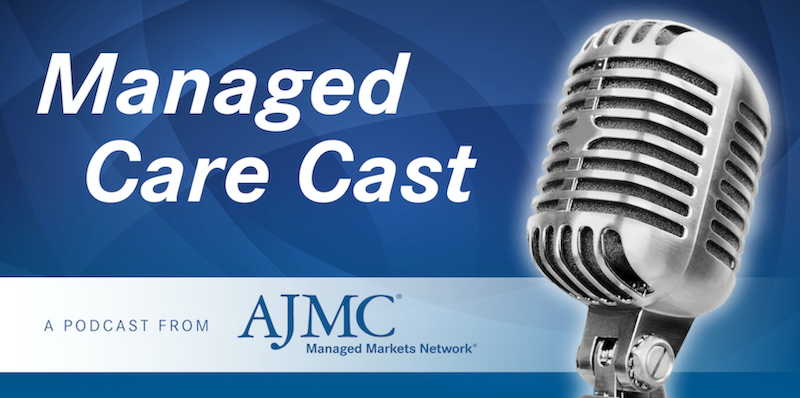Video
Understanding Migraines From the Employer Perspective
Neil Goldfarb discusses migraine management in the workplace, where the condition ranks as a health concern.
Transcript:
Neil Goldfarb: Migraine is a condition that affects a large part of the workforce. Employers don’t typically pay attention to migraines.
Employers should be paying attention to migraine, but most employers are not. We know that the prevalence of migraine ranges as high as 18% in females of working age and 6% of males. But employers typically, if you ask them, “What are the conditions that you’re most concerned with or managing,” migraine is not on that list. It’s important for them to recognize that migraine does have a significant impact on the workforce and to start to address it.
One of the reasons employers are not paying attention to migraine is because it oftentimes is undiagnosed or underdiagnosed. What we’ve seen in our own research is that when you look at a typical claims data set from an employer perspective and you query it and say what percentage of my workforce has migraine? You’ll come up with a number, maybe 3%, 4%, 5% . When you start to look at people who have recurrent visits for headache, and people who are on migraine preventive drugs and other drugs that are only used for migraine, you may come up with a prevalence closer to 11% or 12%. That’s what we found in our own research. If employers think it’s affecting a small portion of their population, they are less likely to think it’s affecting cost and less likely to do something about it.
Employers are always interested in knowing what are the conditions that are affecting my workforce? One of the things we would encourage them to do is if they’re doing a health risk appraisal, an HRA, they make sure that that includes looking at migraine as one of the conditions being examined.
If they are looking at their claims data, they can query it just as we have in our own research about prevalence of migraine diagnosis, prevalence of multiple headaches, and prevalence of migraine preventive drugs to see if they’ve got a more significant problem than they’ve perhaps first realized.
Employers aren’t typically paying attention to migraine. I think it ranks pretty low. When we ask employers, “What are your top health conditions,” they will say diabetes, obesity, cancer, cardiovascular disease, maybe maternity care, mental health. Those are usually the big ones. I have yet to hear an employer say, “I am looking at migraine.” We need to heighten awareness that migraine is a highly prevalent condition that has a significant impact on health, well-being, and cost.
I don’t think employers have yet totally recognized the economic impact of migraine in their workforce. For many employers they thought of migraine as something that affects indirect cost, lost productivity, and have yet to recognize that there is a significant direct cost as well. In our research, as an example, we found that people with migraine had nearly double the annual direct cost of people who did not have migraine.
From a patient perspective, I think patients can recognize when they have a headache. They don’t necessarily know that it’s a migraine. They may not want to recognize that it’s migraine or more chronic migraine. But they will usually, when they have a headache, if they don’t know that they’re somebody who suffers from migraines, they may start by just trying over-the-counter analgesics. They may just say, you know, this is part of living. For a lot of patients it’s only when migraines become recurrent, frequent, more severe, that they say, “Gee, I really need to seek out help. “
They may go to a primary care physician who may be less adept at recognizing migraine, and that’s one reason migraine is so underdiagnosed, because those people will typically be in the record as having a headache. We need to get to a point where primary care providers are better able to recognize the characteristics of symptoms, the diagnosis, the clinical characteristics of migraine, and record it as such in the record and on the claim.
I think patients always have challenges in obtaining care, and that’s probably just as true for our people with migraines. When you have a migraine attack, it can come on suddenly, the symptoms can be severe. You may be immediately thinking, is this a migraine, is it something else, and go to the emergency department where you’re sitting around waiting. It ends up being an expensive visit, not a terribly productive visit. You probably will end up having radiologic tests that you don’t really need, and so there is a significant patient burden. We need to continue educating patients as well as educating providers about how to recognize what migraine is, how to treat it early.

How Can Employers Leverage the DPP to Improve Diabetes Rates?



